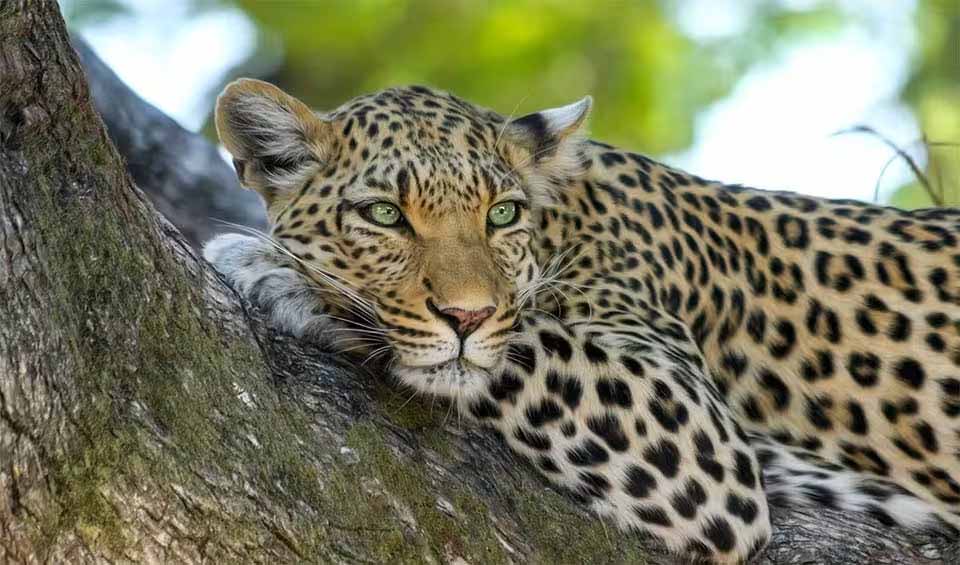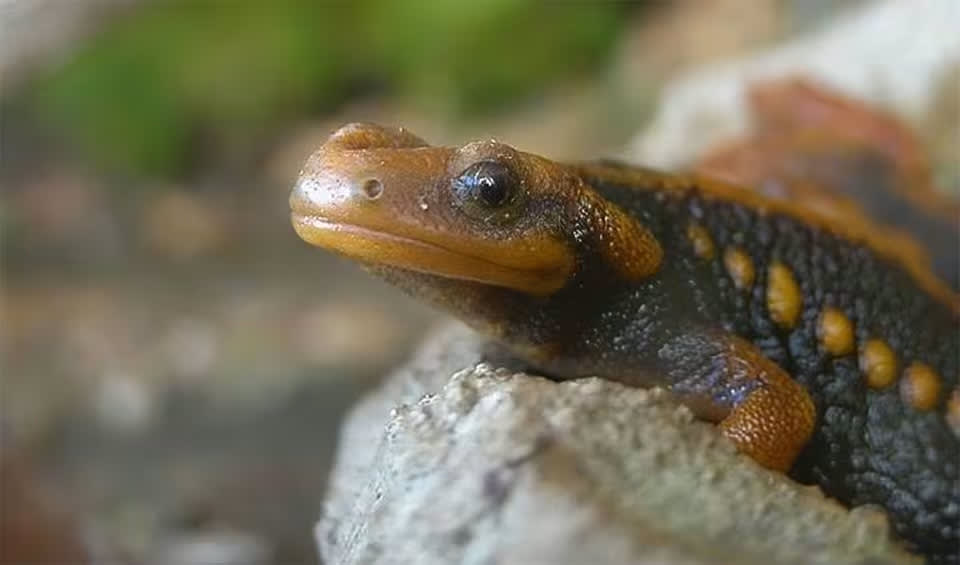India is one of the world’s mega-diverse countries, with about 7-8% of the world’s documented species spread over only 2.4% of total land area. Even recently becoming the world’s most populous country, India maintains its diverse range of wildlife and habitats. From the snowy Himalayas to the tropical Western Ghats and the arid Thar Desert, India offers a wide range of habitats supporting diverse creatures.
Along with famous animals like the Asian elephant, Indian rhinoceros, and Bengal tiger, it is home to a wide range of birds, reptiles, and marine life. Four of the 36 globally designated biodiversity hotspots with areas in Indian jurisdiction, are the Himalayas, Indo-Burma, the Western Ghats, and Sundaland. Additionally, India has over 92,037 animal species (of which 61,375 are insects) and 45,500 plant species across its 10 biogeographic regions.
Four pillars elaborated:
Regarding land management, India’s vast geographical area includes 38.8%, characterized by arid and semi-arid conditions, and 5.62% in the cold, arid Trans-Himalayan region. Unique habitats like India’s deserts, with 628 plant species, and cold deserts (Himalayas) protect rare species like the Snow Leopard and require conservation attention. Though 7.5% of India’s terrestrial area is protected, improvements are needed in marine protected areas, with only 0.2% coverage in national waters and none in the EEZ. Land Management
Land Management
Land conversion for urban, industrial, and agricultural purposes has reached 53%, stressing the need for sustainable land use practices. Soil pollution, indicated by the sustainable nitrogen index at 0.77, requires attention to maintaining soil health. Additionally, the relatively high pesticide use score of 2.46 needs careful management to minimize environmental impacts. India’s diverse wetlands and mangrove-covered areas, spanning approximately 4,445 km² (1,716 mi²), contribute to rich biodiversity.
Numerous factors, such as habitat loss and fragmentation by agriculture, urbanization, and infrastructural development, pose risks to India’s biodiversity. An alarming 23,300 km² (8,996 mi² )of tree cover was lost between 2001 and 2019 due to ongoing deforestation. Sensitive ecosystems like coral reefs and alpine regions are impacted by climate change. Protection measures are important as the IUCN Red List indicates that 15.9% of marine and 13.4% of terrestrial species are at risk. Although 65% of terrestrial species and 40% of marine species are found in Protected Areas (PAs), 46.9% of terrestrial and 67.5% of marine species face diminishing populations, highlighting conservation issues. Sustainable fishing is crucial, as 34.5% of fisheries in India’s Exclusive Economic Zone (EEZ) are exhausted. High fishery pressure in the high seas highlights the need for effective management techniques. Threats to Biodiversity
Threats to Biodiversity
About 0.0105% of India’s GDP was allocated to environmental and conservation management in 2023–2024. Many legislation in India’s legal system address various conservation issues, demonstrating the country’s devotion to the environment. Due to India’s role as both a source and transit point for trafficked wildlife, many species are illegally moved in and out of the country. Common wildlife seizures in India include ivory, Indian star tortoises, red sandalwood, and rhino horns. Particularly, pangolin poaching and tiger part trafficking are on the rise. India ranks fourth globally in illegal wildlife trading, worth over £15 billion annually, demanding stricter enforcement and international cooperation. Capacity and Governance
Capacity and Governance
Prime Minister Modi’s conservation policies prioritize renewable energy, afforestation, wildlife protection, and sustainable agriculture, contributing to global conservation efforts. India ratifies key international agreements like the Convention on Biological Diversity (CBD) and the Convention on International Trade in Endangered Species of Wild Fauna and Flora (CITES). Despite facing political instability (Political Stability and Absence of Violence score: -0.6) and corruption ( score: -0.3), India maintains a solid democratic foundation (World Democracy Index: 7.04) and a Government Effectiveness score of 0.4. The Human Development Index (HDI) at 0.63 reflects socio-economic development.
Looking ahead, India faces both alarming biodiversity challenges and promising opportunities. The country’s biodiversity richness is under constant threat due to a population density that equals some of the world’s most congested areas and a doubled population since the late 1970s. Merely 5% of India’s land is officially protected. In sharp contrast, large protected areas exist in sparsely populated parts of countries like the USA and China. Millions of people in India reside near and even inside these protected areas, creating unique conservation challenges. Future Trends
Future Trends
Some species face an increased risk of extinction, as indicated by the latest Red List Index (RLI) in 2023, denoting a critical state. India’s Environmental Performance Index (EPI) score has declined over the decade, highlighting the urgent need for improved environmental policies and practices.
Strong conservation legislation, government investment in 55 Tiger Reserves, and government compensation schemes encouraging local participation improve future prospects. In order to achieve long-term conservation results, buffer zone utilization and connectivity issues must be addressed efficiently.
Enacting regulations that support sustainable development, allocating funds for environmental preservation, and putting into practice efficient conservation measures all depend on the strong leadership and dedication of policymakers. India can successfully handle the difficult difficulties ahead for conservation and open the door to a more sustainable and environmentally friendly future mainly by utilizing its political will.
Biodiversity
India is a treasure trove of biodiversity and traditional knowledge. The country is notable for its high levels of endemism, particularly among vertebrates, ranking tenth globally in endemic birds, fifth in reptiles, and seventh in amphibians. This richness is especially pronounced in amphibians (41.5% endemism) and reptiles (34.3% endemism). Furthermore, India is one of the eight Vavilovian centers of origin for crop plants, home to more than 300 wild ancestors and relatives of domesticated crops that continue to evolve in natural conditions.In the table below are the number of known species in several main groups, how many of these species are Threatened with extinction, and how many of them are Endemic (unique to India only):
| Species (World rank) |
Threatened | % Threatened | Endemic | % Endemic | |
|---|---|---|---|---|---|
| Mammals | 438 (#13) | 93 | 21.2% | 60 | 13.7% |
| Birds | 1,211 (#9) | 89 | 7.3% | 75 | 6.2% |
| Reptiles | 900 (#3) | 54 | 6.0% | 309 | 34.3% |
| Amphibians | 455 (#6) | 75 | 16.5% | 189 | 41.5% |
| Fishes | 2,666 (#10) | 317 | 11.9% | 200 | 7.5% |
| Plants | 45,000 (#3) | 396 | 0.9% | 711 | 1.6% |
mammals
Indian rhinoceros
About 65% of the population is confined to Kaziranga NP in Assam, northeastern India; 17% to Chitwan NP in central Nepal
Asian elephant
Largest land mammal in Asia here!
Leopard
Disappearing graceful shadows, this tree-climber is on the way to extinction
birds
Great hornbill
They’re amazingly human-friendly — oh, but do we call it a friendship if we cost their population the chance to survive
Indian grey hornbill
Urban forests have become a loud talk recently. So let’s talk about the unsung hero of such settings, shall we?
Indian roller
With its splendid plumage, it has earned its place as a jewel of the skies
reptiles
Gharial
A truly remarkable crocodilian on which rides the holy river Ganges
Indian python
Nonvenomous but it’s hug can be as deadly as a venom!
Indian star tortoise
Prized for their beauty and believed to be associated with the Hindu god Vishnu
amphibians
Himalayan newt
A recently discovered genus of Asian newts is commonly known as knobby newts
Indian bullfrog
Capable of making long leaps, thanks to their powerful hind legs
Kodagu striped Ichthyophis
A stripy amphibian native to the Ghats of India
National Animals
Tiger
3,000 in the wild and 10,000 in captivity., tigers are being treated as Selfie props than wildlife
Indian peafowl
One of the most beautiful birds on Earth!
King cobra
Largest living venomous snake reaching lengths of up to 5.7 meters or 8.5 feet



















